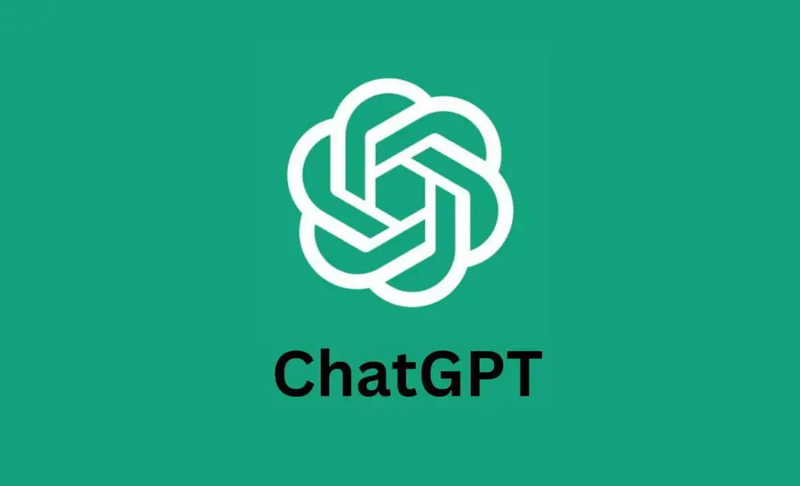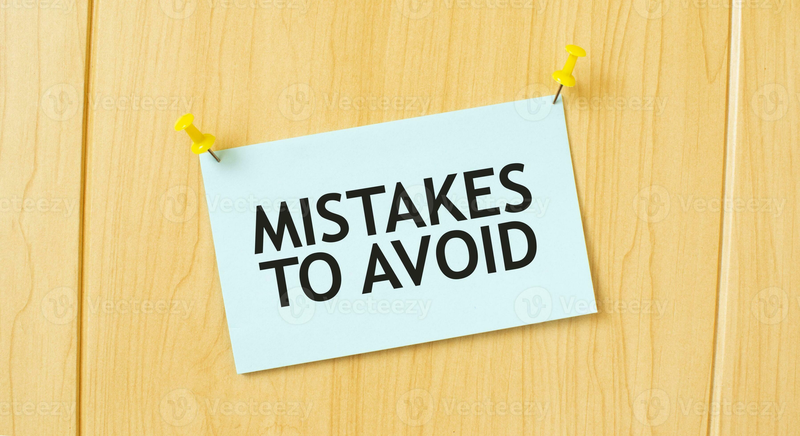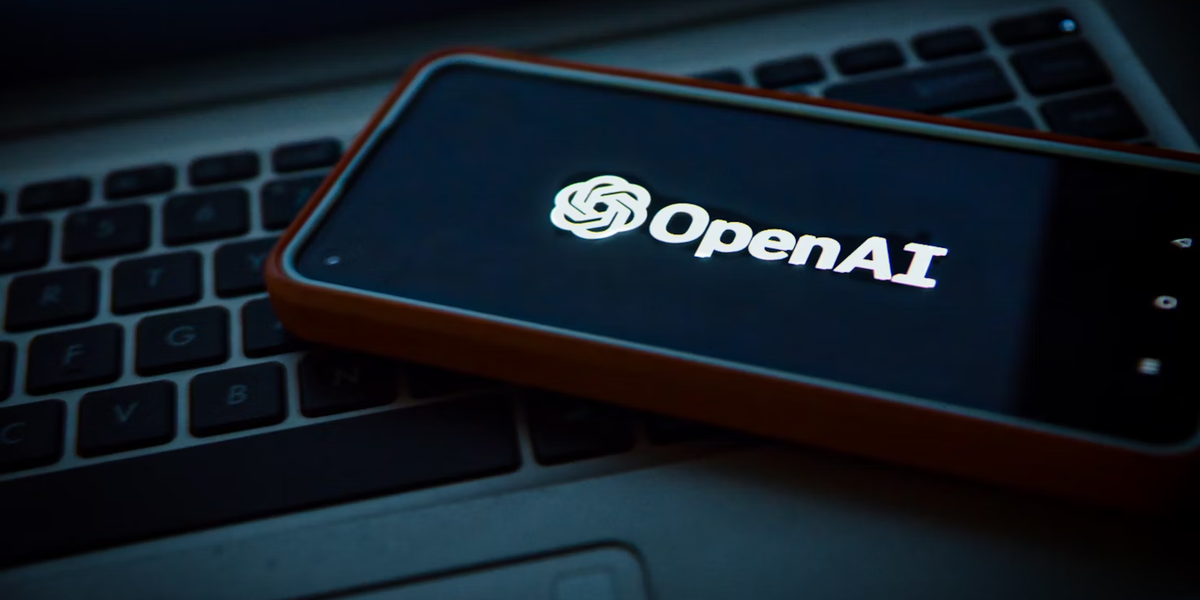If you have heard people talking about ChatGPT and wondered what all the fuss is about, you are in the right place. Maybe a colleague used it to write an email. Or a friend said they planned an entire trip with it. Or you just saw it mentioned in the news again.
ChatGPT is one of the most powerful and accessible AI tools around right now. And yes, it is useful for more than just writing code or university essays.
This guide is written for people who are brand new to ChatGPT. Whether you are a business owner, content creator, student or someone who just likes learning new tools, we will cover how to use it properly, and creatively.
What Is ChatGPT?
ChatGPT is an artificial intelligence chatbot developed by OpenAI. It uses natural language processing to understand and respond to text prompts in a conversational way.
You can ask it questions, request help with writing, generate ideas, summarise articles and much more. It is like having a very clever assistant available 24 hours a day.
But unlike a basic search engine, ChatGPT can provide tailored responses, remember previous messages in a session and respond with a tone or style that suits your purpose.
How to Access ChatGPT

Getting started is easy and free.
Step-by-step:
- Go to chat.openai.com
- Sign up with your email or log in with a Google or Microsoft account
- You will land on the chat interface
- Start typing in the text box at the bottom of the screen
That is it. No software to install.
There is a free version available (based on GPT-3.5) and a paid version called ChatGPT Plus, which uses GPT-4 and offers faster, more accurate responses.
What Can You Use ChatGPT For?
Here is a quick list of things ChatGPT can help you do:
- Draft blog posts, emails or social media captions
- Rewrite or edit existing content
- Translate text into other languages
- Summarise articles or reports
- Brainstorm names, slogans or product ideas
- Generate code or formulas
- Create schedules, lists or outlines
- Roleplay customer interactions or training scenarios
- Write poems, stories or jokes for fun
- Explain complex topics simply
If you can describe what you want, ChatGPT can probably help you write it.
Exploring the Chat Interface
The chat screen is clean and minimal. You will see:
- A message box at the bottom where you type your prompt
- Past conversations listed on the left
- Responses that appear instantly, like a chat
- A ‘Regenerate response’ button if you want a second version
- Options to copy or report a message
Each session stays active until you clear it, which means you can build on a topic by asking follow-up questions.
How to Write Good Prompts
The secret to getting helpful responses from ChatGPT is knowing how to ask.
Some general tips:
- Be specific. Vague prompts get vague answers
- Provide context. Let it know your goal
- Use examples when possible
- Ask it to follow a format (e.g. bullet points, table, headline and paragraph)
- Feel free to revise and try again
Examples:
Bad Prompt: “Write a social media post”
Good Prompt: “Write a light-hearted Instagram caption for a local bakery announcing a weekend pastry sale”
Using ChatGPT for Work and Business
If you run a business, ChatGPT can seriously improve your productivity.
Here are some ways it is being used:
1. Content Writing
Generate blog outlines, article intros, meta descriptions or landing page copy.
2. Email Marketing
Write subject lines, email body copy, follow-up sequences or drip campaigns.
3. Customer Service
Simulate conversations, write polite replies, or build chatbot templates.
4. Market Research
Ask it to summarise your competitors’ offerings, review trends or write a SWOT analysis. You can also have a marketing consultant guide your AI usage to ensure insights align with your audience, competitors and niche.
5. Social Media
Craft posts for different platforms with hashtags and emojis, even in your brand tone.
The key is to always review and refine what it gives you. Think of ChatGPT as a smart co-writer, not a replacement for human judgment.
Using ChatGPT Creatively
Creativity is where ChatGPT really shines.
Try asking it to:
- Generate a list of children’s book titles
- Write a fictional story based on your dog
- Create a rhyming product description
- Build a quiz with multiple-choice answers
- Write dialogue for a play or script
You will be surprised how much fun you can have.
Can ChatGPT Remember What You Said Earlier?

In a single chat session, yes.
ChatGPT can reference previous messages as long as they are in the same thread. This is useful for ongoing discussions or when building on ideas.
For example:
- Ask for a blog outline
- Then ask it to write section one
- Then ask it to rewrite section one in a more casual tone
It remembers the context and adapts accordingly.
However, the free version does not retain memory across sessions. If you close the window, the memory resets. The paid version (GPT-4) includes long-term memory features, which are gradually rolling out.
What ChatGPT Cannot Do (Yet)
It is not perfect. Here are some limitations:
- It can confidently get things wrong
- It does not access live data (unless integrated via plugins)
- It cannot browse current news unless explicitly enabled
- It sometimes repeats itself or gives generic answers
- It should not be relied on for legal, medical or financial advice
Always fact-check anything important. It is a tool, not a truth machine.
Safety and Privacy Considerations
ChatGPT is safe to use, but you should avoid sharing personal information like:
- Credit card numbers
- Passwords
- Customer data
- Confidential business details
Treat it like any other public-facing software. What you type in may be reviewed by OpenAI to improve the model, so write responsibly.
Mobile vs Desktop: Where Should You Use It?
ChatGPT works well in a browser on any computer, but there are official apps available too:
- iOS: Download from the App Store
- Android: Available on Google Play
These apps sync with your account, meaning your chats stay consistent across devices.
ChatGPT vs Search Engines
Search engines return links. ChatGPT returns answers.
If you need fast facts or breaking news, Google is still your best bet.
But if you need:
- Step-by-step guides
- Writing assistance
- Rewording help
- Content generation
- Brainstorming or scripting
Then ChatGPT is the better choice.
In fact, many users start with ChatGPT to get a structured basic concept, then jump to Google for additional validation.
Common Mistakes to Avoid

Here is what beginners often get wrong:
Using it like Google
Do not just type in a keyword. Write a full request with context.
Expecting perfection
You will often need to tweak or edit the results. That is normal.
Ignoring tone
You can ask for a tone, professional, casual, friendly, sarcastic, whatever suits the task.
Forgetting to follow up
You can refine answers by saying “Make it shorter”, “Add an example” or “Make it sound like a CEO wrote this”.
Should You Hire a Marketing Strategist?
ChatGPT is a brilliant tool, but it still needs a human touch. If you are creating content for your business, a marketing strategist can:
- Plan your content calendar
- Define your tone of voice
- Optimise for SEO
- Turn AI drafts into polished work
- Combine tools like ChatGPT with analytics and research
A great strategist saves time and improves results by using tools smartly, not blindly. If you're not ready for a full-time hire, freelance marketers can help you turn ChatGPT-generated drafts into strategic, brand-aligned content.
Still Not Sure Where to Start?
We connect businesses with talented content strategists who know how to get the best from platforms like ChatGPT.
From blog planning to copywriting to campaign messaging, your strategist will use tools like AI, but always with purpose and precision. Hire a content strategist through Cemoh today and transform your content from bland to brilliant.
